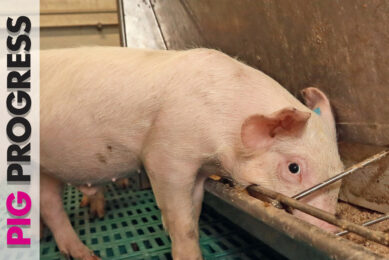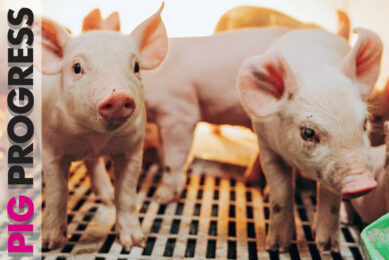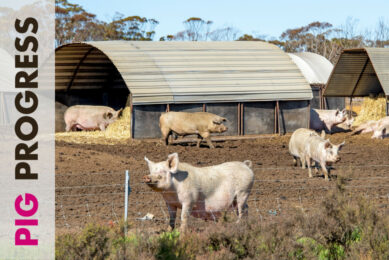Particle size, PRRS and Philippines in Pig Progress 7
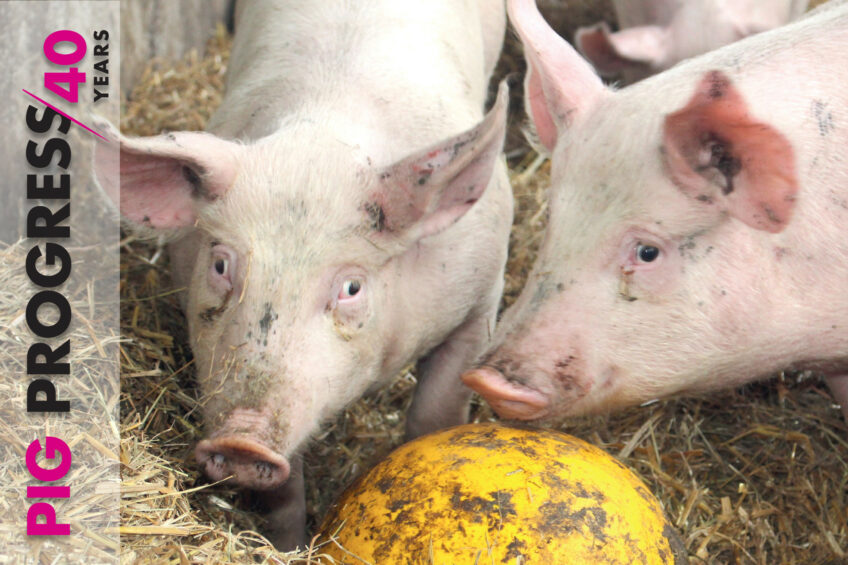
The latest edition is available online and highlights a milestone for Pig Progress, which celebrates 40 years reporting on pig production. This edition explores the influence of feed particle size on the health of pigs, considers how the ASF virus spread in the Philippines, and reports on just how much pigs on a farm in Italy love fresh straw. This and much more.
40 years of reporting about pigs and poultry
Pig Progress and sister publication Poultry World celebrate their 40th birthday this month. It is time to look back to when it all began and how the titles changed and adapted in an ever-changing world of pig and poultry production. Pages 6-7.
How did the ASF virus spread in the Philippines?
When the African Swine Fever virus hit Asia, the infections swept through various countries like a whirlwind. A few years down the road, it is possible to reconstruct what happened, figure out patterns, and learn from them. Pages 10-12.
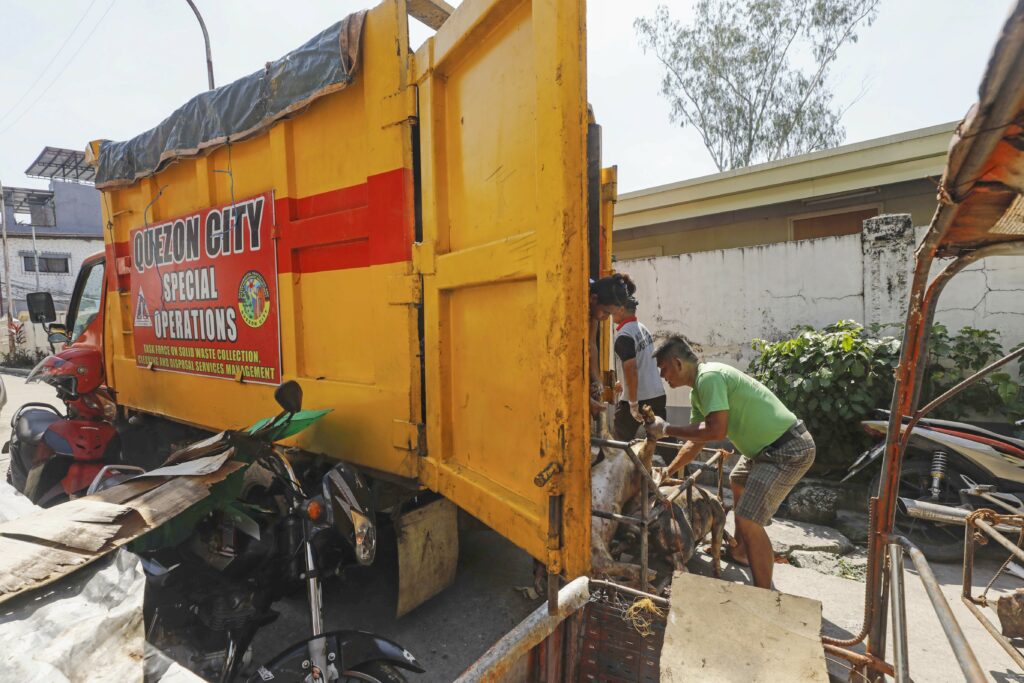
Interview with Dr Nicolai Rosager Weber, DAFC: Coordinating the Danish project to control PRRS
Enough is enough – that is what Denmark’s pig industry thought when PRRS virus persisted, causing difficulties for the entire production chain. For 2 years now, a strategy has been in place to get a grip on the virus. National project leader Dr Nicolai Rosager Weber explains the strategy in detail. Pages 14-16.
Reducing nitrogen emissions
Livestock excrete nitrogen, and in certain parts of Europe, nitrogen emissions are a topic of debate. Are there possibilities to reduce the levels of nitrogen emissions so that the impact of livestock on biodiversity can be minimised? Pig nutrition expert Dr Francesc Molist shares some ideas. Page 17.
From straw in Italy to retailers in Britain
The Bassino family in Northern Italy operates within the Fumagalli concept, producing high-welfare heavy pigs for both the Italian and European markets, including those in the UK. The 1,800 finisher pigs at this farm enjoy fresh 300kg-bales of straw, which is replaced every 7-10 days. The old straw is used for biogas production on-site. Pages 18-21.
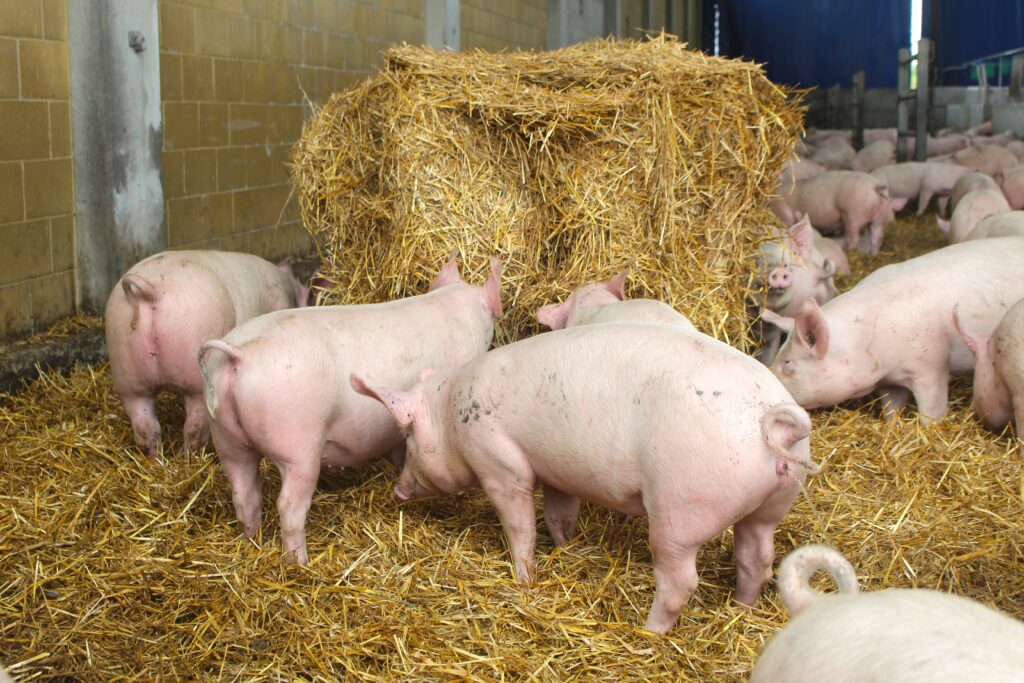
British pig industry in need of quicker escalator
Each year, the InterPig network releases updated figures comparing production costs of a selection of major pig-producing countries and regions worldwide. Pig Progress zooms in a little closer to see where England, Scotland and Wales could improve. Pages 22-24.
South Africa’s pork farmers go all in for the long haul
The South African pork industry has continued to face significant headwinds since 2017. Rather than closing shop, farmers and industry players have instead expanded operations, hoping that economies of scale and new technology will bring a better return on investment. Pages 26-27.
Particle size control helps pig stomach health
The particle size of feed can impact many things in pigs, including growth performance and welfare. Very fine particles enable optimal nutrient use, but very fine particles, on the other hand, can also negatively affect gut health. A balance is needed. A team of Danish experts have therefore been working on developing a monitoring tool in feed factories to control particle size. Pages 30-32.
The economics of pig welfare
Animal welfare is often ranked as an important topic to the public. How difficult can it be to take care of additional welfare for pigs? Those inside the pig industry know, however, that each measure taken costs money. But how much exactly? Pig health and welfare expert Dr Monique Pairis-Garcia shares insights using a novel tool when implementing Prop 12 changes. Page 36.



